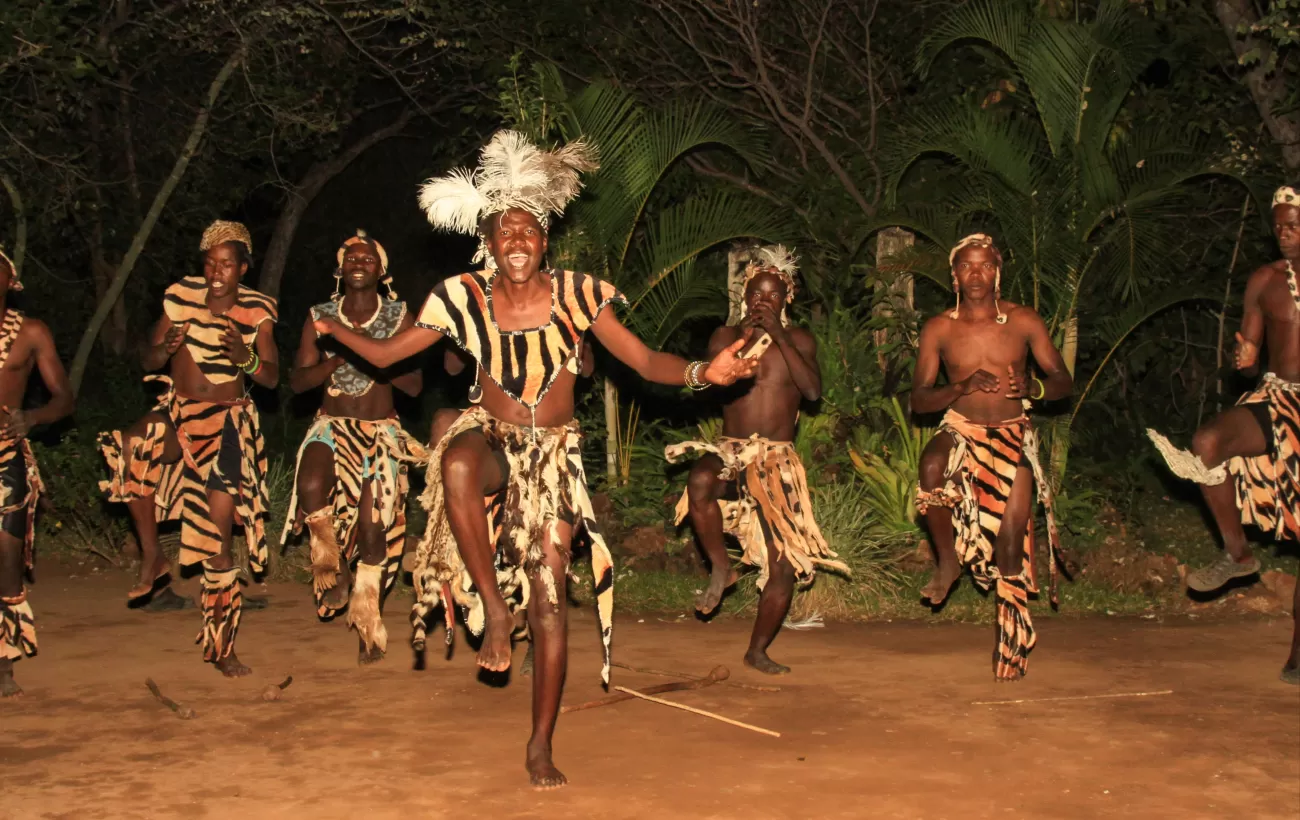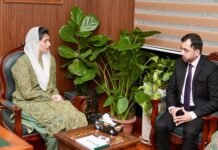Lusaka, 24 October 2023 (TDI): Zambia celebrates its Independence Day on October 24th, commemorating the liberation from British colonial rule in 1964.
The occasion is marked with parades, cultural events, music, traditional dances, and fireworks, making it a vibrant celebration of the nation’s history and heritage.
The month of October sees the Zambian colors of green, black, and orange taking prominence, representing the country’s natural resources, its people, and its struggle for freedom.
On this important day, Pakistan’s Ministry of Foreign Affairs extended warm greetings and felicitations to the Republic of Zambia on its Independence Day.
Zambia’s contemporary culture is a mosaic of values, norms, and traditions stemming from over 70 diverse ethnic groups. These groups migrated to the region over centuries, establishing new kingdoms and cultivating the land.
Also read: Guinea celebrates Independence Day 2023
Before the colonial era, the region that is now Zambia was home to autonomous states with strong economic ties through trade routes connecting the east and west coasts of Africa. They traded copper, ivory, and enslaved individuals for textiles, jewelry, salt, and hardware.
During the colonial period, various ethnic groups came together due to economic interests and Western influence, creating a new culture without a clear political direction. However, many rural communities preserved their indigenous customs and values.
Post-independence in 1964, the Zambian government recognized the importance of culture and established institutions like the National Heritage Conservation Commission, museums, and cultural villages to preserve and promote Zambia’s cultural diversity.

Zambia’s arts and crafts industry includes wood carving, basketry, pottery, and more, often supported by tourists and NGOs.
Music and dance are integral to Zambia’s cultural expression, with each ethnic group having its own distinct form. Traditional music often features drums, singing, and dancing. Western music genres like reggae and African American music are popular in urban areas.

Traditional clothing varies among tribes, with loose dresses or long skirts and blouses for women and long trousers and loose cotton shirts for men. Secondhand clothing from Western countries has become popular but impacted the domestic textile industry.
Football is the most popular sport in Zambia, often coming to a standstill for important international matches. Other sports like boxing, volleyball, golf, and athletics are also played.
Zambia’s population is primarily Bantu-speaking, with numerous ethnic groups. The majority are Christians, with various Protestant denominations and Roman Catholics. Other religions and non-believers make up the rest of the population.
The roles of men and women in Zambian society have become less segregated, especially in urban areas.
Zambia boasts several historical sites, including Kafue National Park and Kasanka National Park.

Kafue, the largest national park in Zambia, is known for its diverse wildlife and is relatively unexplored. Investment and infrastructure development have led to better conservation efforts.
Kasanka National Park, though smaller, is ecologically rich and famous for hosting one of the world’s largest bat migrations.
Efforts to revitalize the park have led to its thriving state, with diverse wildlife and abundant birdlife. It offers opportunities for nature walks, game drives, and fishing, making it a picturesque sanctuary in Zambia.
Iffat Masood is Contributor and Content writer on THE DIPLOMATIC INSIGHT, and also Ambassador from IAMCR. She is perusing her PhD. from UAB Barcelona, Spain in Audio-Video Communications and Advertising.








